
|
|
|
|
|
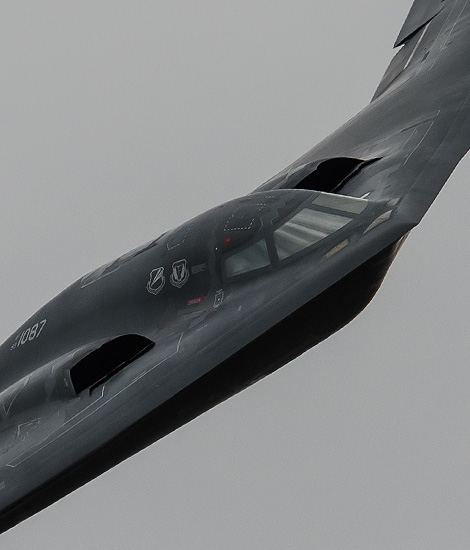
|
The USAF in the Modern Era; RAF Fairford, July, 16 – 17, 2017
The United States Air Force, part 3; Text and Photograph's by Alex van Noye
After the Vietnam War, a new era would dawn for the United States Air Force. The Air Force had learned wise lessons during this bloody war. The whole philosophy of how an air force should function was drastically changed. The knowledge of air battles and attacks on ground targets had slipped to a maximum depth.
The USAF modernized its tactical air forces at the end of the 1970s with the introduction of the F-15, A-10 and F-16 fighter jets, and the implementation of realistic training scenarios such as Red Flag on Nellis AFB. In addition, the equipment and capabilities of its Air Reserve Components (ARC) have also been improved by equipping both the Air National Guard and the Air Force Reserve with front line fighters. In the eighties the air force was expanded to no less than 40 operational Fighter Wings and important lessons were learned from the Vietnam War. The USAF has also developed units and aircraft for Electronic Warfare (EW) and the Suppression of Enemy Air Defenses (SEAD). The humiliating failure during the rescue operation Eagle Claw in Iran in April, 1980, resulted directly in an increased emphasis on participation in the doctrine, equipment, personnel and planning of joint Special Operations. The USAF provided support with air strikes, transport capacity and combat support during operations in Grenada in 1983, in Libya in 1986, and in Panama in 1989. The lessons learned during these operations were applied to the organizational structure and the doctrine, and became the basis for successful air operations in the decades that followed. The development of satellite reconnaissance during the Cold War, the use of air reconnaissance, and the nuclear strategy of the USAF resulted in the recognition of space as a possible battlefield. In the 1980s, the emphasis was on aerospace. This resulted in the Air Force Space Command in 1982.
From the beginning of the 1990s, a large wave of military deployment followed in various hot spots in the world. Operation Dessert Storm in 1991, emphasized the new focus of the Air Force's command on supporting combat operations. The USAF supplied most of the Allied Air Force during the Gulf War in 1991. The Stealth features of the F-117 Nighthawk were shown during the first night of the air war when these aircraft could bomb the city with impunity. During this broad deployment the way of
|
|
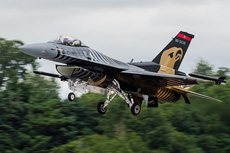
|
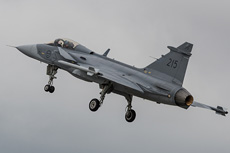
|
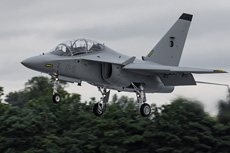
|
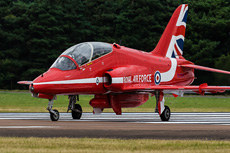
|
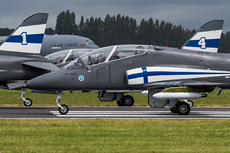
|
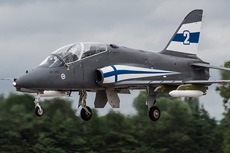
|
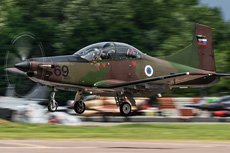
|
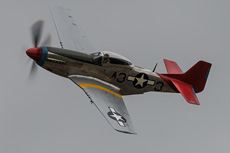
|
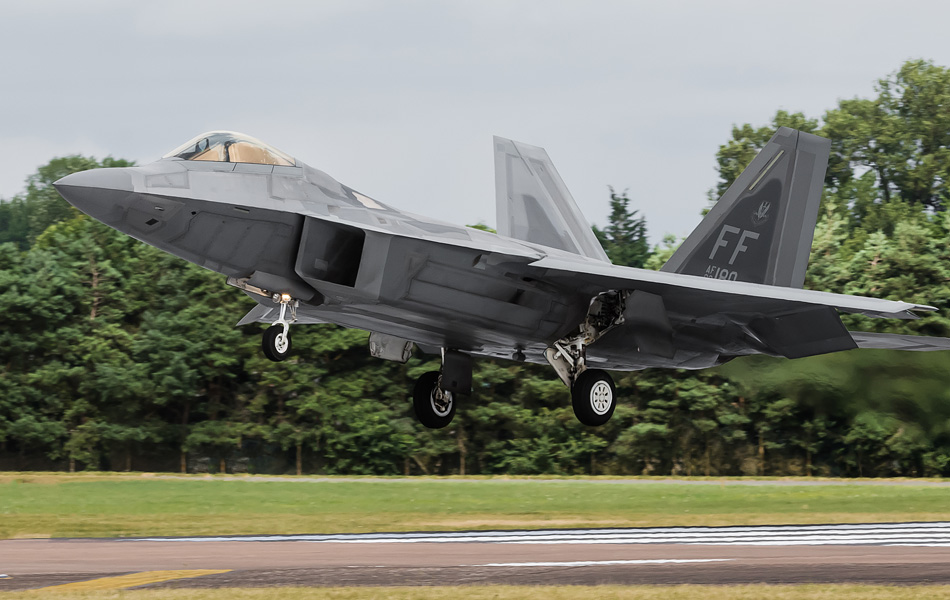
|
attack was drastically changed and precision weapons were used for the first time. It was clear that the knowledge of conducting a dogfight was up to standard again with the American pilots, because the F-15s shot many Iraqi airplanes out of the air where no American fighter plane was lost by an enemy plane. After Iraq, the USAF led the NATO action in Bosnia with no-fly zones during Operation Deny Flight from 1993 to 1996. In 1995, the Air Force was deployed during air strikes against the Bosnian Serbs during Operation Deliberate Force. This was the first time that a USAF aircraft participated in military action as part of a NATO mission. The USAF led the attack force as part of the NATO Air Force. In 1999, the USAF led the air strikes of NATO against Serbia during the Kosovo War during Operation Allied Force. This intervention was the last in a series of actions during the entire war in the former Yugoslavia.
In 2001, the USAF was deployed against the Taliban troops in Afghanistan. This commitment was the global kick-off for the War Against Terror after the September 11 attacks in New York. With its current regime, Afghanistan was seen as the protector of the Osama bin Laden unit that was held responsible as the mastermind behind the attacks. From Diego Garcia, B-52 Stratofortress and B-1 Lancer bombers were used to attack the first Taliban positions. The USAF used for the first time since the war in Vietnam the so-called Daisy Cutter bombs which were dropped from C-130 Hercules cargo planes. During this conflict, the USAF opened airports in Central Asia for the first time in its history. The USAF was later also deployed during the invasion of Iraq in 2003. After the defeat of Saddam Hussein's regime, the USAF took over Baghdad International Airport as a military air base. US aircraft were used to support the Coalition and Iraqi forces in major operations to eliminate rebel and terrorists in northern and western Iraq. Operations in both Afghanistan and Iraq showed the effective benefits of unmanned aircraft (drones), of which the MQ-1 Predator was the best known. The USAF maintains a combined aerospace center in Qatar to lead air combat operations and Predator actions in the area. For the first time, these drones were used with armaments that could attack the enemy from a distance without risking the crew of an aircraft. This type of attack is an important part of the future for the American government, but is still being criticized by many countries.
In March 2011, American planes bombed military targets in Libya as part of the international effort to enforce a United Nations resolution. The resolution included a no fly zone over the country to protect the population during the civil war that took place when dictator Muammar Gaddafi suppressed the protests against him. The protests of the Libyan people were inspired by the revolutions in Tunisia and Egypt. In the summer of 2014, President Obama announced the return of American troops to Iraq. The US Air Force undertook a considerable humanitarian effort to help the endangered minority groups in Iraq. When permission was later granted for air raids by the USAF, it was provided that the aircraft types were not identified to prevent them from being recognized as coming from a specific country. The last intervention in which the United States is involved is Operation Inherent Resolve (OIR) in Syria. OIR is the codename for the military actions of the United States and 15 allies in the Middle East since 2014, which are fighting against the Islamic State (in Iraq and the Levant) (ISIL) and the organization al-Nusra. The operation includes both the campaign in Iraq and in Syria. Since the deployment, there have been many American aircraft in action that attacked IS military targets in both countries. Actions in Syria are limited exclusively to air strikes. In Iraq, the USAF also has the task of protecting soldiers of the US Army.
|
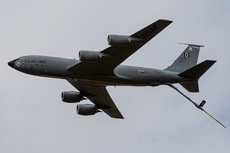
|
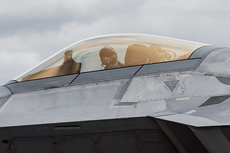
|
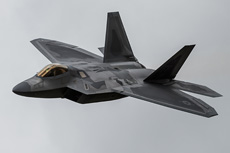
|
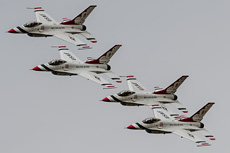
|
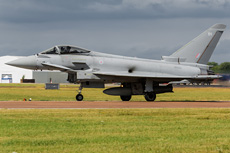
|
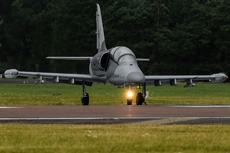
|
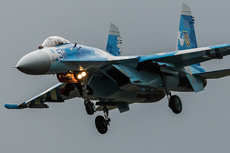
|
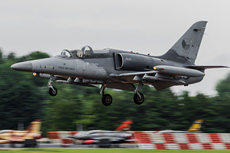
|
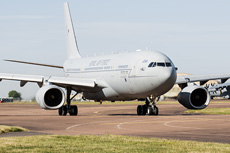
|
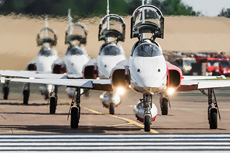
|
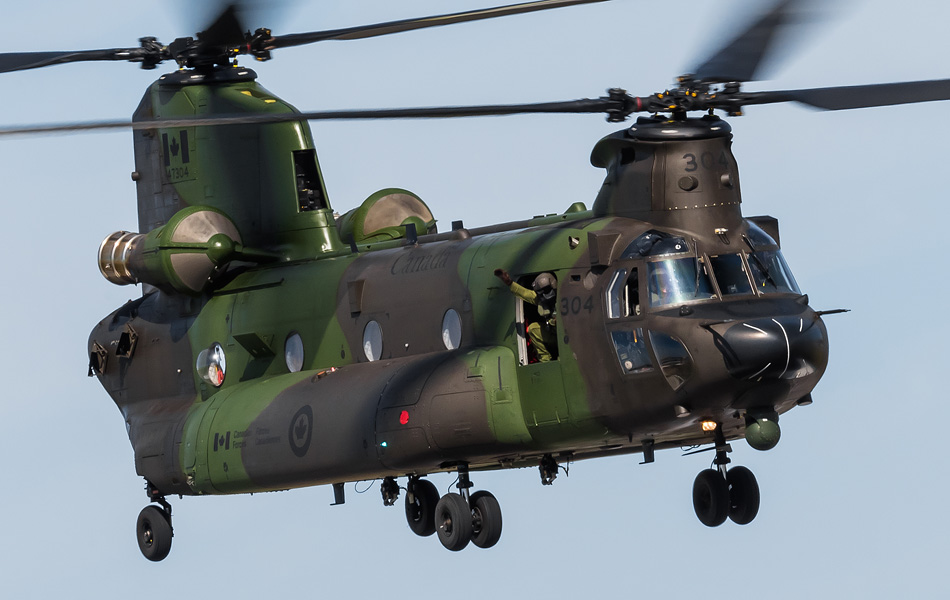
|
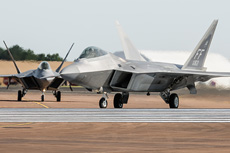
|
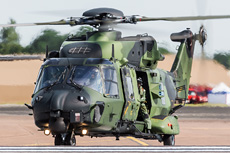
|
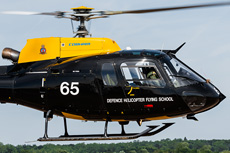
|
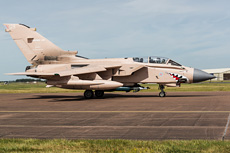
|
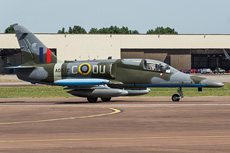
|

|
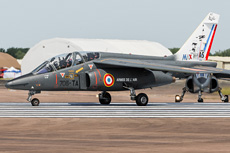
|
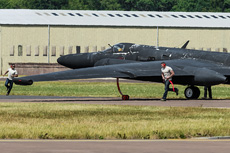
|
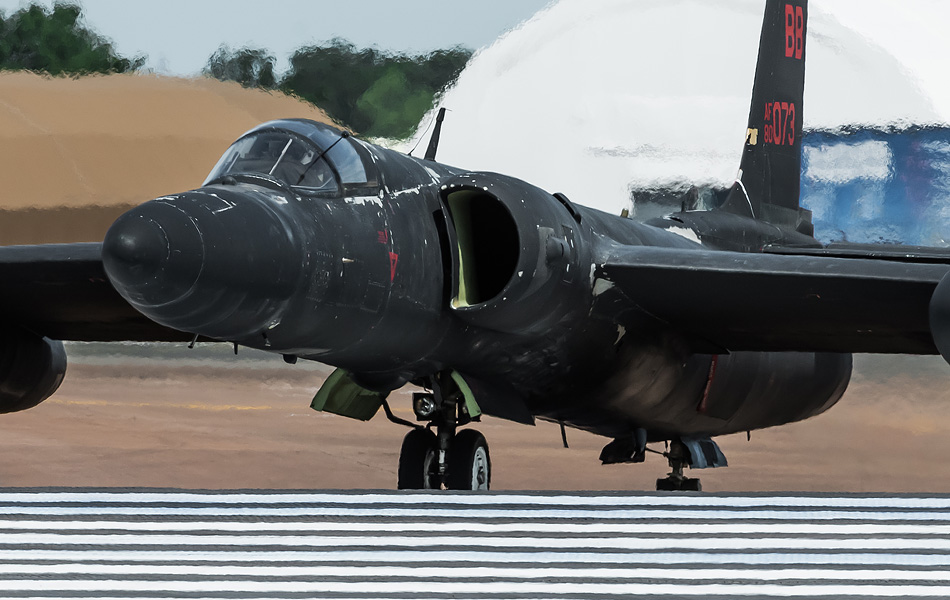
|
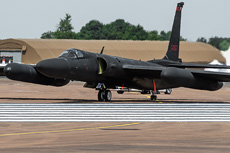
|
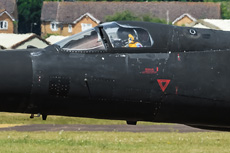
|
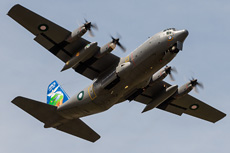
|
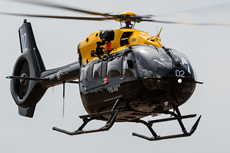
|
|
|

|







